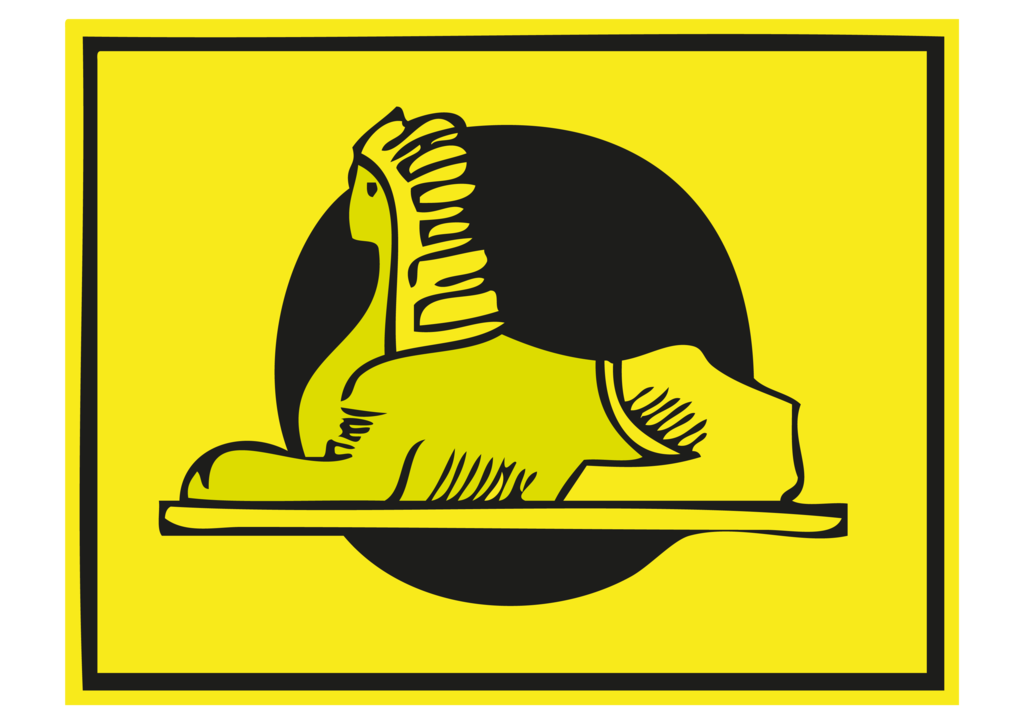The intentions to document this information are long standing in that they go back some two decades to the early/mid 1990’s, just a few years before the subject of this site, James Kitchener Heath passed away.
As is the case in so many families in which a generation experienced war and all its traumas, certain aspects of service are known, but all too often the details are sketchy and disjointed. Add into this mix the passage of time and the result is invariably a collection of stories and fragments of memories accompanied by a handful of fragile and faded documents (if you are lucky) that represent the sum of information relating to the most extraordinary period in a soldier’s life. This was certainly the case in our family..... and it’s not much to go on.
In February 1995, my Father and I struggled to put together a potted service history to be read by the cleric presiding over my Grandfather’s funeral. At this point I decided to take steps to fill in some of the gaps as best I could.... sadly now without the benefit of first hand testimony.
A well known turn of phrase, ‘written on the back of a fag packet’ is defined by the Collins on-Line dictionary as something ‘composed or formed quickly and without detailed analysis or research’. As far as first hand source material for this history is concerned, no better a description could be made. The details gleaned from my Grandfather in brief (and often emotional) discussions in the 1990’s are summarised as a list of place names written in an old man’s shaky handwriting on the back of a standard envelope! (this will feature later). On the upside, a standard envelope is approximately twice the size of a cigarette packet, which immediately doubles the amount of information to work with!
By my own admission, this site is a little self-indulgent, being of primary interest to myself, my mother, my children and a handful of relatives still living in Staffordshire. In addition, it may be that the information presented here will be read by others outside of the family who have a passing interest in military or family history.
I would welcome any comments/suggestions or dare I say it relevant information to contact me.





No comments:
Post a Comment